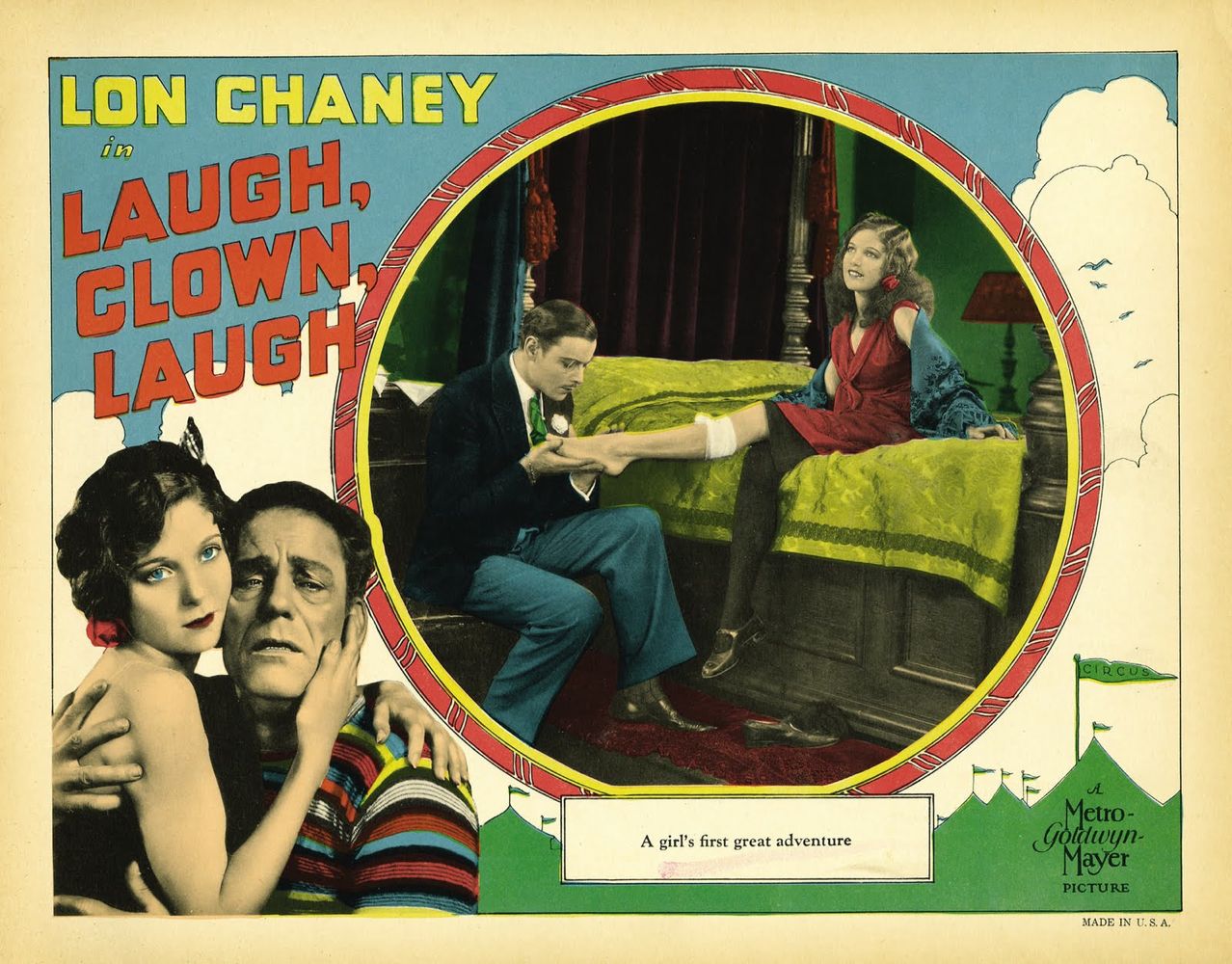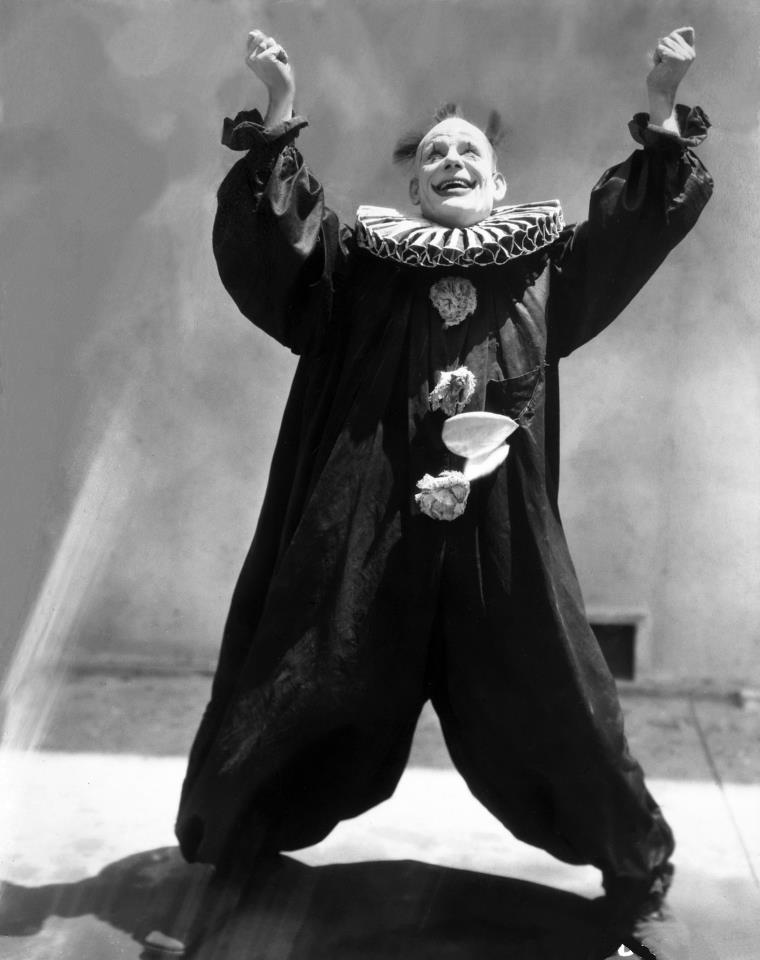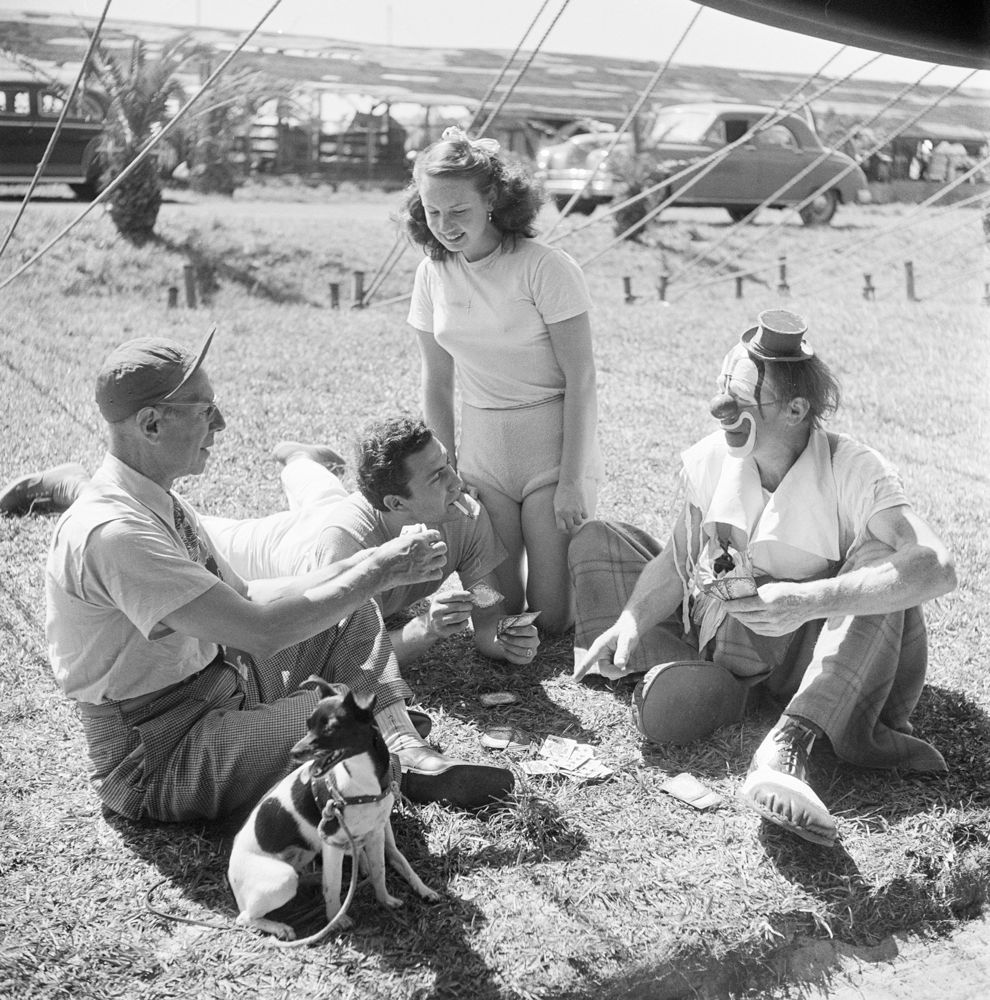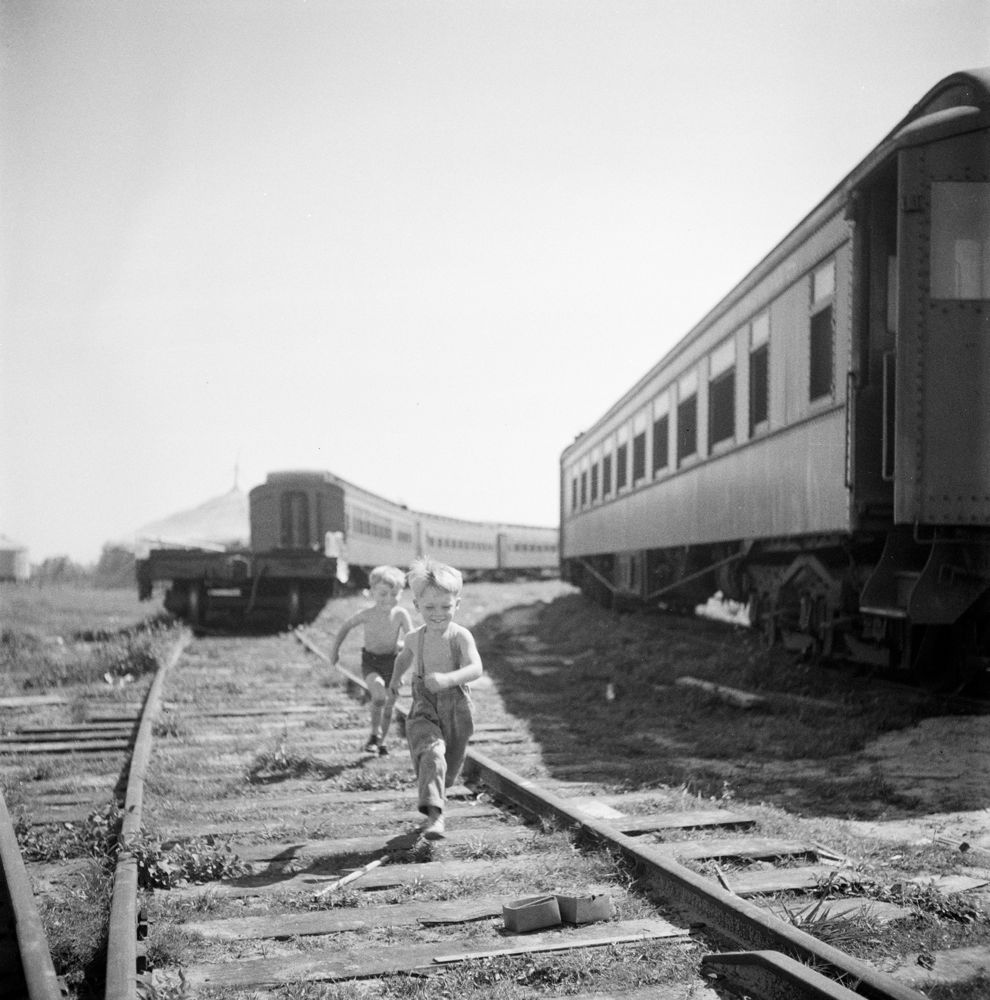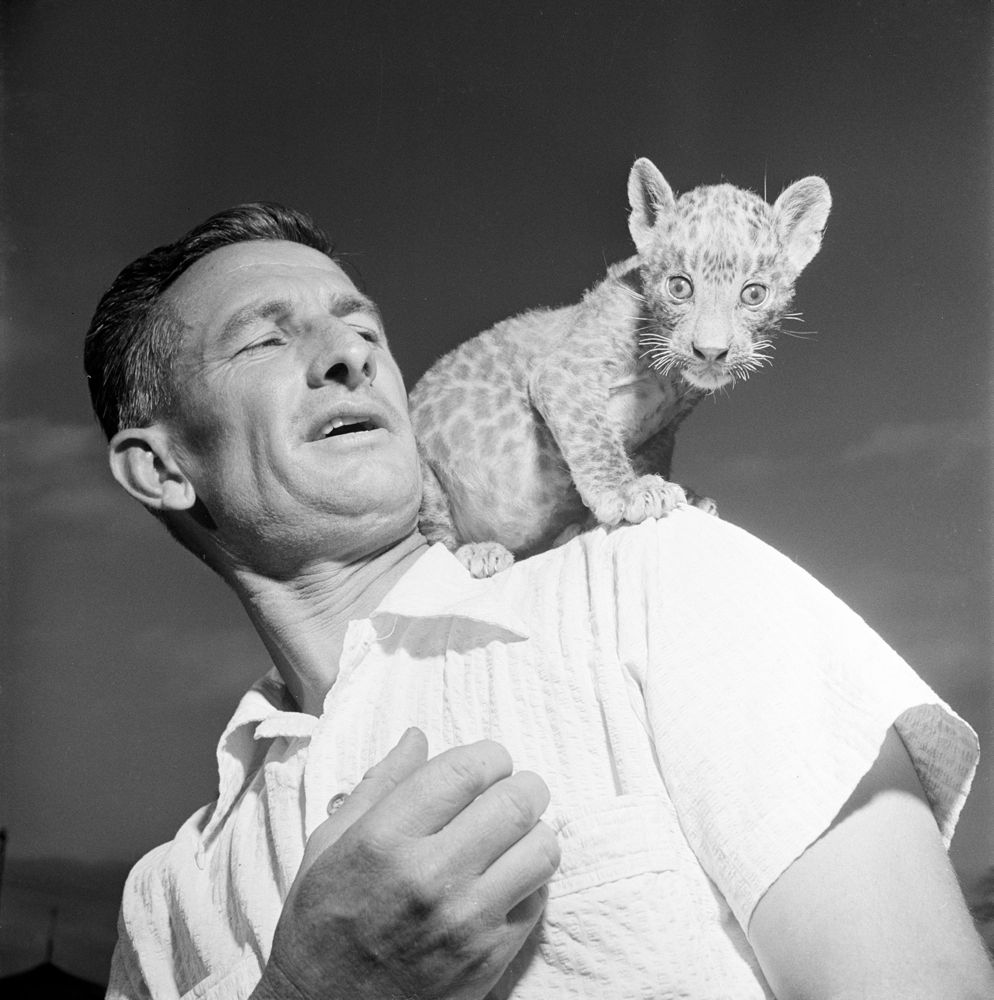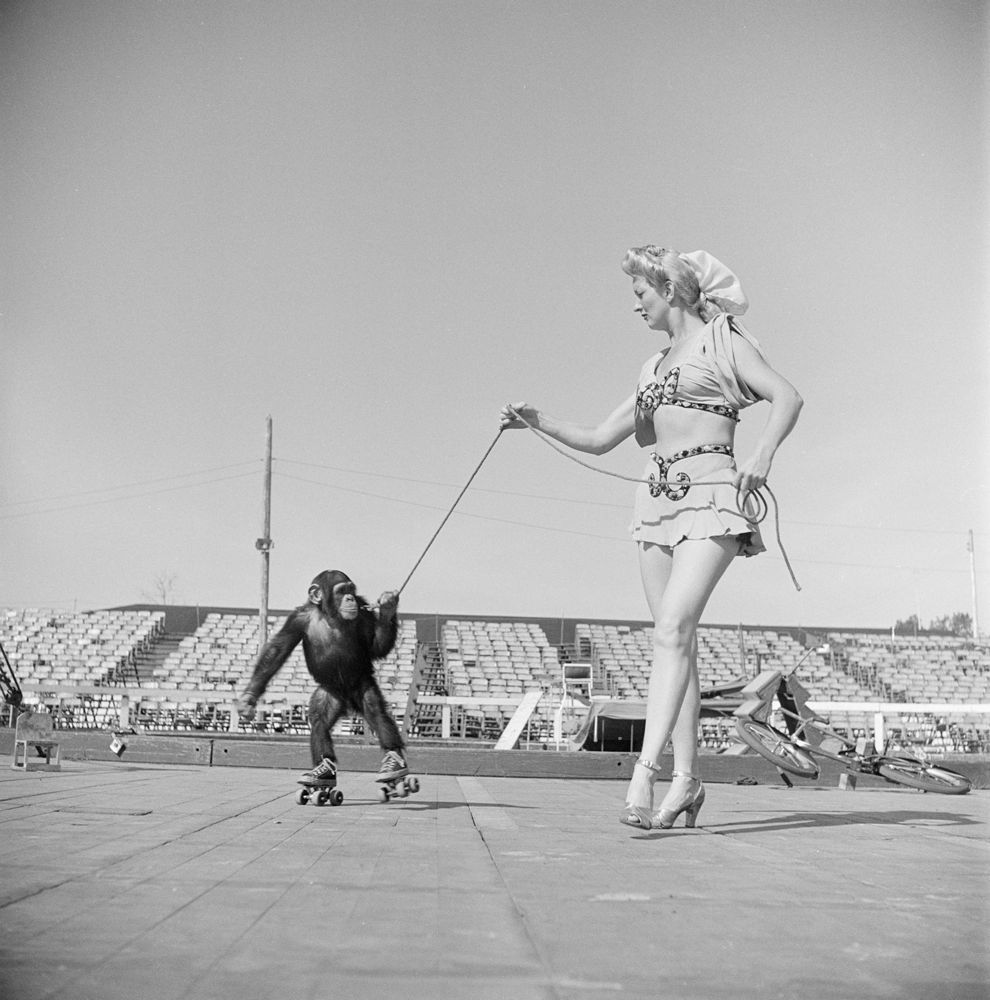Click on the image to enlarge.
Category Archives: Circus
HE WHO GETS SLAPPED
A STANLEY KUBRICK PHOTOGRAPH FOR TODAY
A STANLEY KUBRICK PHOTOGRAPH FOR TODAY
A STANLEY KUBRICK PHOTOGRAPH FOR TODAY
A STANLEY KUBRICK PHOTOGRAPH FOR TODAY
LITTLE MAN, WHAT NOW?
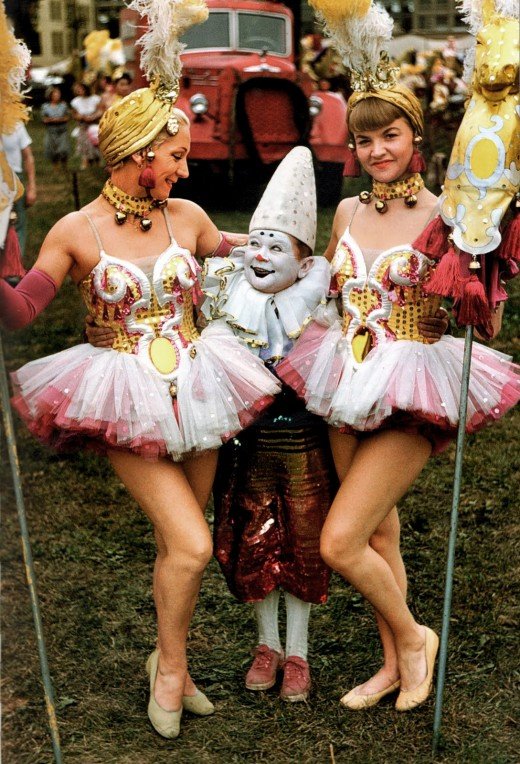
MAN ON A TIGHTROPE (1953)
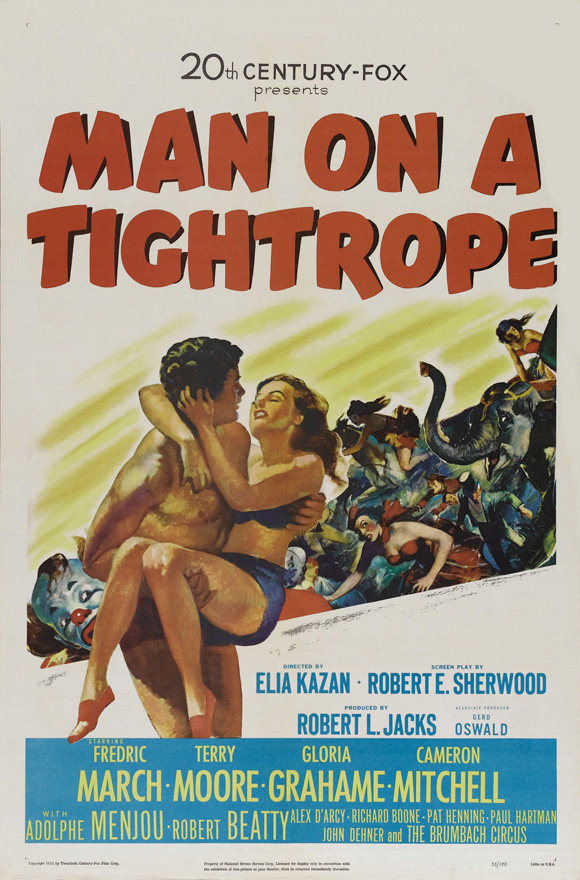
I’d never even heard of Elia Kazan’s Man On A Tightrope until I encountered it in the new Elia Kazan Collection DVD box set, so I was a little surprised to discover that it’s a minor masterpiece. Kazan dismisses it as a misfire in his autobiography, probably because Daryl Zanuck took it away from him and edited it himself. Kazan didn’t like what Zanuck had done with it, and when it flopped at the box office, he may have just wanted to forget it.
It doesn’t deserve to be forgotten.
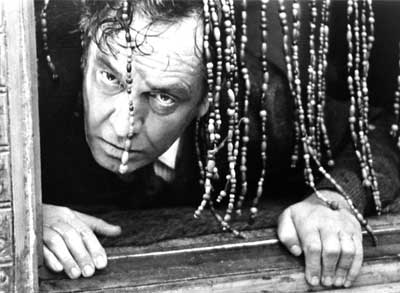
If Ingmar Bergman had ever made a cold-war thriller, it would probably have looked a lot like this film. It’s about a shabby little circus troupe behind the Iron Curtain which plans to escape across the border to freedom in the West. According to Kazan, Zanuck cut the picture to emphasize the suspense element, losing a lot of Kazan’s nuance and atmosphere, but the truth is that it works as a thriller and has plenty of nuance and atmosphere — beautiful and surreal images of the circus world that elevate the film into an eloquent metaphor for artists struggling to escape restraint.
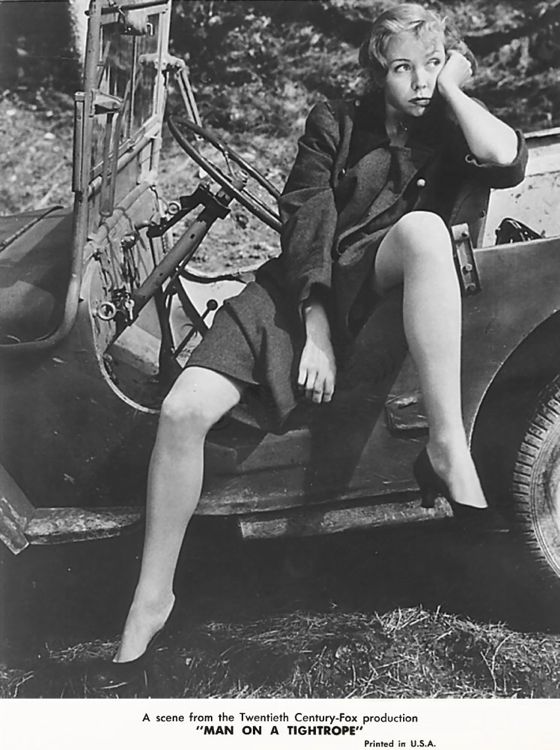
Frederick March gives one of his best performances as the leader of the circus — quiet, understated, touching. Gloria Graham is as vexing as she often was as his wayward wife and Adolph Menjou has a brief but effective turn as a Communist internal security operative.
The film was shot in Germany, mostly on location, and looks terrific, blending the poetic and the documentary with a sure eye.
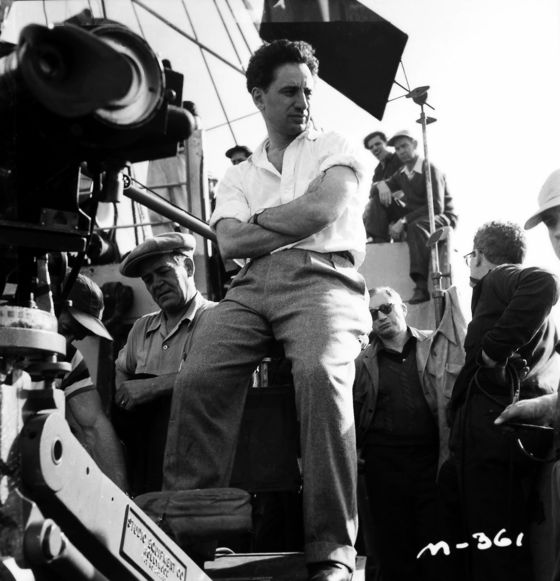
It was the first film Kazan made after naming names before HUAC and earning the eternal enmity of progressives, but the interference with the arts depicted in the film echoes the interference attempted on American soil by the members of the American Communist Party whom Kazan “betrayed” to HUAC. It was this interference which caused Kazan himself to leave the Party in the 1930s, and Man On A Tightrope was a kind of defiant defense of his actions, then and later. It reminds us that, however opportunistic and hypocritical the Communist witch hunters may have been, they were hunting real witches — real and ruthless apologists for Stalin and Stalinist methods.
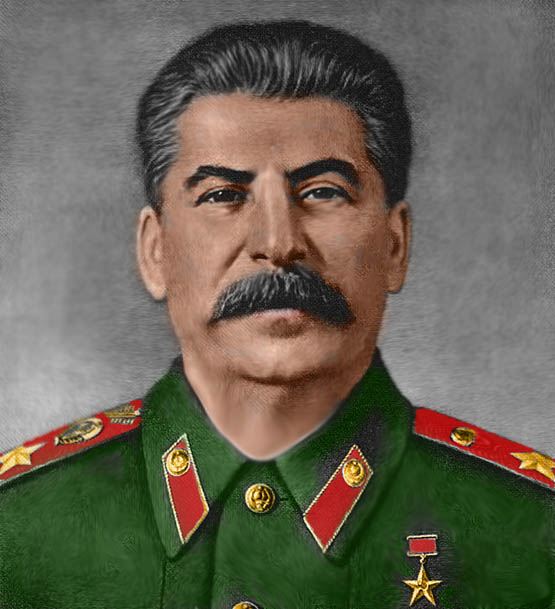
That ought to be taken into account in judging Kazan for “ratting them out”, but none of it needs to be taken into account in appraising Man On A Tightrope, which is a fine and masterful work of art.
A CLOWN FOR TODAY
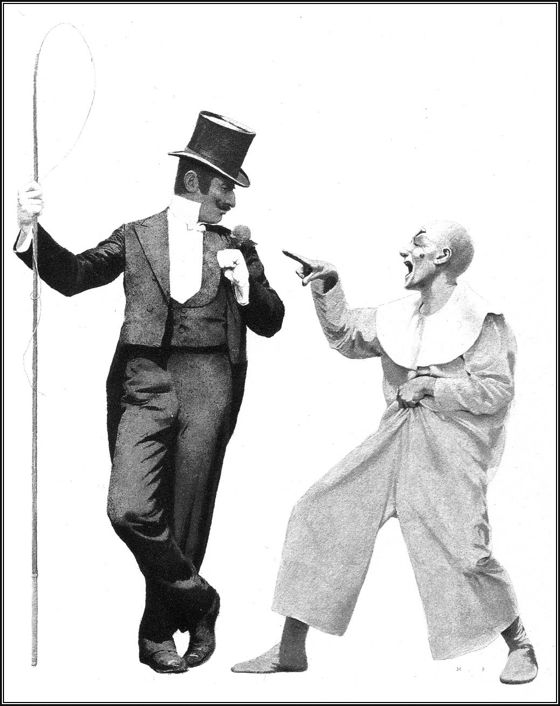
Illustration by Maxfield Parrish for Kenneth Grahame’s Dream Days.
AN IMPORTANT MESSAGE FROM SAFETY CLOWN
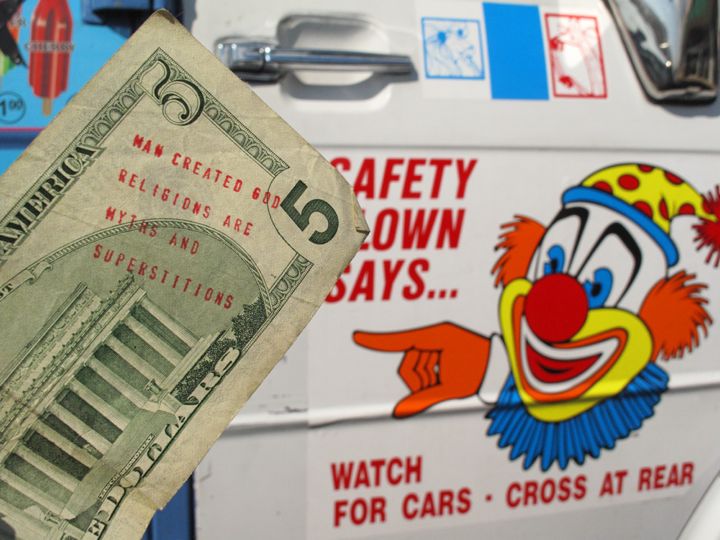
Photograph © Langdon Clay
A TISSOT FOR TODAY
Completed between 1883 and 1885, this painting is known as The Sporting Ladies and also as The Circus Lover from a series called Women Of Paris.
As with several images of the circus by Tissot, and many other works as well, the painter has created a number of distinct spaces that draw us into the scene progressively — the space occupied by the gentleman leaning in towards the ladies, with the unseen part of his figure seeming to occupy our, the viewers’ space, into which the central female is peering, the space of the seated ladies, the space of the circus ring, and the space of the background seats.
The space of the circus ring is further articulated into the aerial space of the trapeze artists and the space of the clown in the sawdust and there is, as a kind of punctuation, a glimpse in the distant background of a lighted foyer opening on to the highest rung of seats.
The elegant calculation of the composition makes for a very dynamic and seductive image.
A CLOWN FOR TODAY
. . . with two bonus clowns included free — all you pay is shipping and handling.
[Thanks to The Gunslinger for the image.]
BARNUM’S VOICE
P. T. Barnum’s circus went through a lot of configurations before he formed his final co-equal partnership with James Bailey. Bailey was an organization guy, Barnum was a ballyhoo guy, and between them they offered the public some dazzling shows, more complicated than any circuses which have survived into our own time, with the usual clowns and trapeze and juggling acts and exotic animals but also including exhibits of exotic people from around the world, including human freaks, and vast historical pageants, like “Nero”, staged by Imre Karalfy, complete with chariot races and the burning of Rome. All that and a musical donkey to boot.
In 1890, on a trip to London where he’d taken his great show, Barnum was recorded on an Edison cylinder. It’s scratchy and the words are hard to make out, but it’s still thrilling to hear the old showman’s actual voice.
A CLOWN FOR TODAY
Many people are terrified of clowns. This photo helps explain why.
It’s from 1949, and part of a wonderful flikr stream of vintage photos by Charles Cushman, posted by Fun House, whose other flikr streams are also delightful. (Via Boing Boing.)
CIRCUS
The circus was a fixture of American popular entertainment as early as the colonial era. It competed vigorously with fancier forms of theatrical entertainment in the first decades of the 19th Century and survives in several forms today. It was always evolving — the only constant being the “circus”, the ring, which for most of circus history existed primarily for a horse or horses to race around.
In the early 19th Century, if you had a clever horse and a tent, you had a circus — all the rest was filler on the bill.
Dan Rice (above), described in the subtitle of David Carlyon’s biography as “the most famous man you’ve never heard of”, started out in the 1830s as the traveling exhibitor of a learned pig — it could count and tell the time. Then Rice got a horse and a tent and became a circus showman, the most famous of the 19th Century. P. T. Barnum (below) lent his name to an enterprise that became the most famous circus of all time, but wasn’t himself predominantly a circus man. He wasn’t even responsible for his circus’s immortal motto, “The Greatest Show On Earth’, invented by someone else as a topper to “Dan Rice’s Great Show”.
Rice was an accomplished horse and animal trainer but earned his immense renown as a clown, of a new kind. He sang and danced and did physical comedy, sometimes in blackface, and enacted parodies of Shakespeare, but captured the fancy of the nation with his comic monologues — often of a topical nature, ranging over the subjects of national and local politics (in whatever town his circus happened to be playing.) His specialty was audience interaction, improvisation in the moment — quick wit on the fly.
He so impressed the public that he was thought of as a great and wise man — a bit like Will Rogers in the 20th Century — and he was recruited to run for political office, including the Presidency, on more than one occasion.
Though he was the chief draw of his “Great Show”, it was still a circus. Its featured animal act was a horse named Exclesior, who could do astonishing tricks. Later on, when “menageries” (of exotic animals) became part of the circus, Rice enlisted an elephant who could walk a tightrope, a rhinoceros who could obey a few simple commands and a trained camel.
The menagerie of exotic animals developed apart from the circus, as an adjunct to the “museums” of curiosities which flourished in the 19th Century, and in which Barnum mostly specialized. The idea was imported into the circus as a new-fangled attraction.
In Rice’s day, the circus was a show for grown-ups, featuring plenty of sex, in the form of scantily-clad female performers, and sometimes crude humor. It morphed into a children’s fantasy only at the end of the 19th century — when its cruder offerings were moved over into the adjoining midway.
By the 1870s, Rice’s brand of verbal comedy had been absorbed into “variety” — a very crude form, for male audiences only, centered in urban areas, usually associated, physically and commercially, with saloons. This was the form that got cleaned up for mixed audiences (ladies as well as gents) of middle-class patrons in the 1880s and renamed vaudeville. It still had a lot of circus in it.
Tony Pastor, the impresario who led the way in cleaning up variety and did the most to popularize the new designation “vaudeville”, had gotten his start as a knock-about clown in one of Dan Rice’s circuses — and knock-about clowning always had a place on the vaudeville stage. So did the comic monologuist — carrying on a tradition pioneered by Rice.
Horses were gone, of course, along with the rings they raced around, but trained animal acts remained. One of the most popular and fondly remembered acts in vaudeville was “Fink’s Mules” — sometimes called the greatest opening act of all time — in which a blacked-up Fink engaged in a losing contest of wills with his expertly trained animals.
Dan Rice also had a mule act, with two mules that only he could ride. He’d dare audience members to try their luck with the animals, who inevitably bucked them off, to the delight of the crowd.
Horses and feats of horsemanship stayed in circuses, even though the exotic animals became the real stars, but horses took center stage in Buffalo Bill’s arena shows, a kind of circus masquerading as a historical pageant.
The chaotic popular entertainments of the 19th Century, always evolving, left their mark on the popular entertainments of the 20th Century — via vaudeville, which fed the Broadway and Hollywood musical with images, acts and talent, and supplied silent film comedy with its greatest clowns . . . and the rodeo, which carried on the circus’s and Buffalo Bill’s celebration of the horse. The classic American circus survives only in the two companies of The Ringling Brothers, Barnum & Bailey “Greatest Show On Earth”, but another kind of circus, classier and adult-oriented, thrives on the Las Vegas Strip. Now called “cirques” (as in “du Soleil”), they form the core of Sin City’s permanent live-performance attractions.
The continuum revealed in all this is not much remarked upon, a result of the 20th Century’s insistence on seeing itself as “modern”, freed from the shackles of the Victorian era, but also of the age-old tendency in show business to emphasize novelty. “A 19th-Century Attraction Reborn and Refurbished!” isn’t an ad line that’s going to pack them in on a Saturday night in the 21st Century — though it would offer a more reliable indication of pure entertainment value than almost any other.

